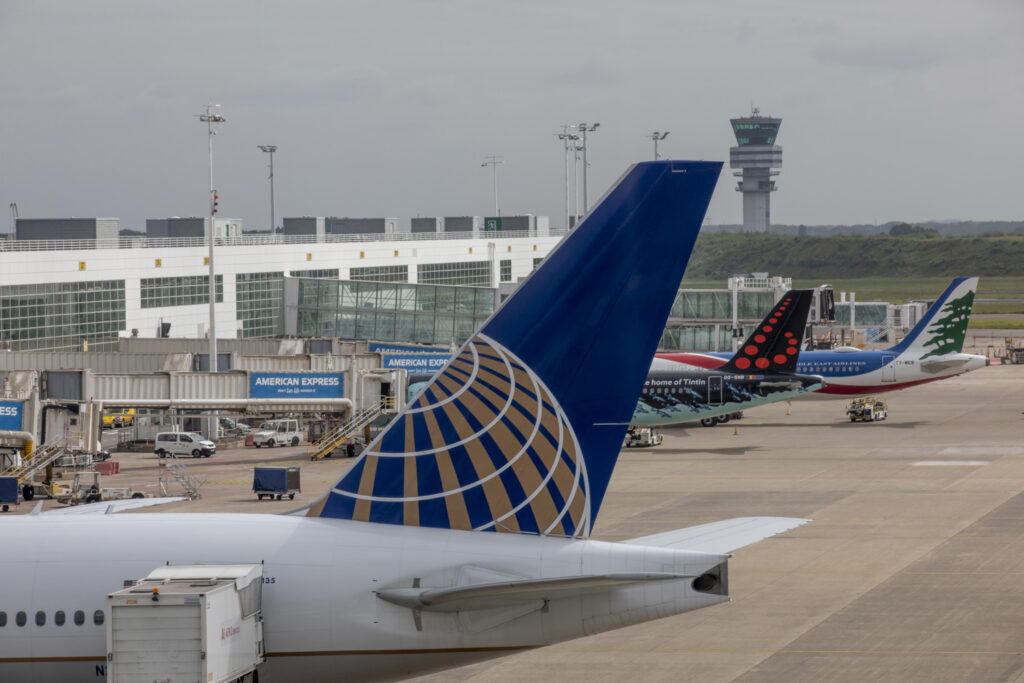Airlines worldwide anticipate doubling passenger numbers within 20 years, largely driven by growth in Asia.
In 2023, 4.3 billion flights took place, and the International Air Transport Association (IATA) expects this number to near five billion this year. This figure would break the 2019 record of 4.54 billion, predating the Covid-19 crisis which severely impacted the sector.
By 2043, IATA predicts air passenger numbers will "double" from 2023 levels to 8.6 billion, growing annually at an average of 3.6%, according to a press release. This growth is forecast to be unevenly distributed globally, primarily bolstered by "emerging markets such as Asia-Pacific and the Middle East."
A "mature" market such as North America would lag behind, with 1.7% growth, while Europe is set to grow by 2% per annum. Latin American and Caribbean growth are projected at 2.9% annually over the next 20 years.
IATA's projections, released ahead of the Farnborough Air Show in the UK, align with those disclosed by Airbus last Monday, predicting the commercial aircraft fleet will double by 2043, reaching 48,230 planes.
En route to carbon neutrality?
If these scenarios come to fruition, they will pose challenges towards achieving carbon neutrality in the aviation sector. In 2021, IATA and UN Member States pledged in 2022 to eliminate aviation's contribution to global warming by 2050.
The primary mechanism for this "net-zero emission" target is to use non-fossil fuels developed from biomass and later CO2 and hydrogen – technological challenges requiring significant investment.

